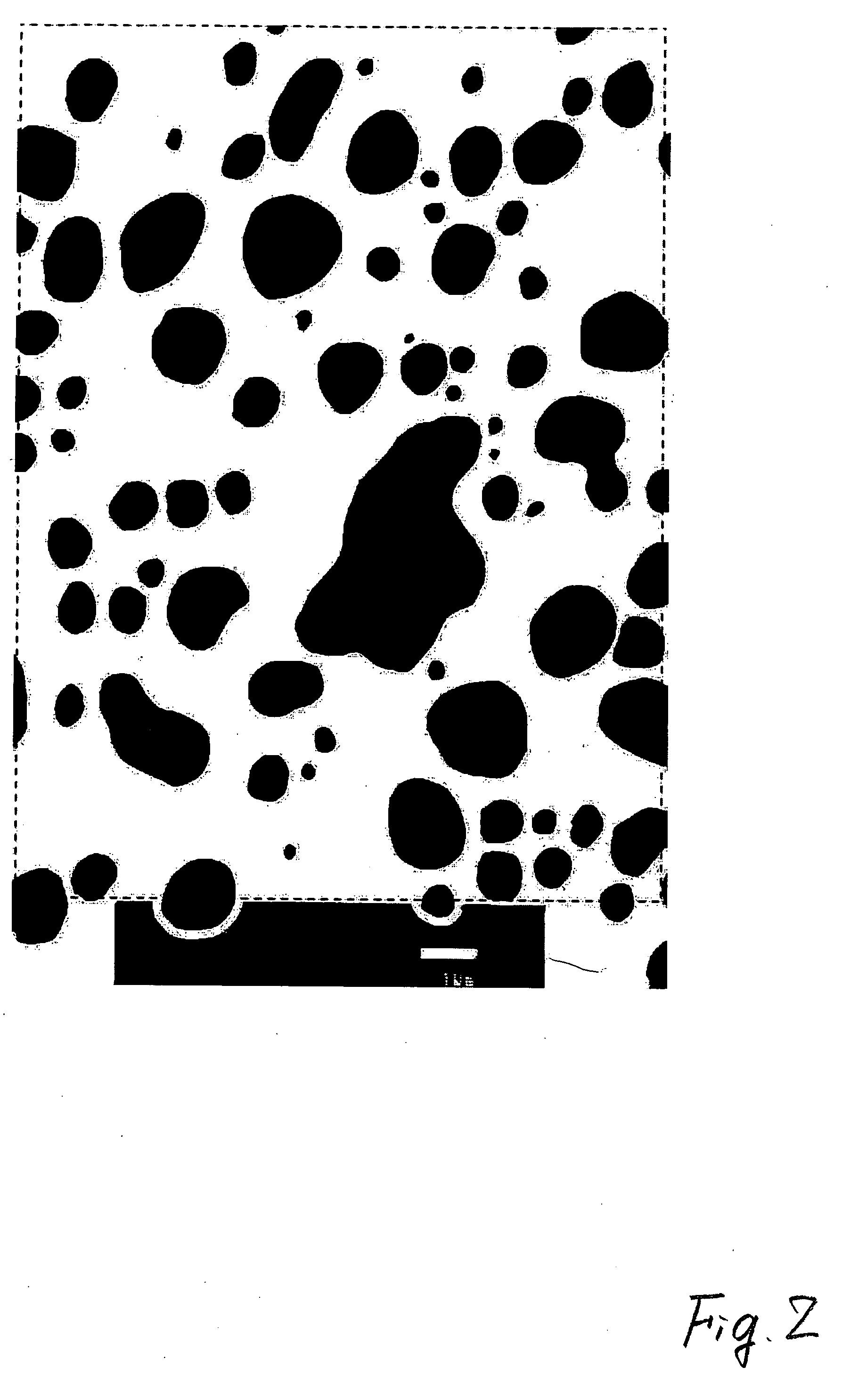Polycarbonate Resin Composition and Molded Product Produced from the Same
a technology of polycarbonate resin and molded product, which is applied in the direction of group 5/15 element organic compounds, basic electric elements, electrical equipment, etc., can solve the problems of large thickness-dependent impact strength, high melt viscosity, and poor fluidity, and achieve excellent fluidity and weld strength
- Summary
- Abstract
- Description
- Claims
- Application Information
AI Technical Summary
Benefits of technology
Problems solved by technology
Method used
Image
Examples
examples
[0069]The present invention is described in more detail by the following Examples. However, these Examples are only illustrative and not intended to limit a scope of the present invention. Meanwhile,-the following raw materials were used in Examples and Comparative Examples.
(1) Polycarbonate resin-1: Poly-4,4-isopropylidenediphenylcarbonate “Iupilon S-2000” produced by Mitsubishi Engineering-Plastics Corporation (viscosity-average molecular weight: 25000; hereinafter occasionally referred to merely as “PC-1”)
(2) Polycarbonate resin-2: Poly-4,4-isopropylidenediphenylcarbonate “Iupilon S-3000” produced by Mitsubishi Engineering-Plastics Corporation (viscosity-average molecular weight: 22000; hereinafter occasionally referred to merely as “PC-2”)
[0070](3) ABS resin: Emulsion-polymerized ABS resin; kind of rubber: polybutadiene; “DP-611” produced by Techno Polymer Co., Ltd.; AN ratio: 26%
[0071](4) AS resin-1: AS resin “SAN-T” produced by Techno Polymer Co., Ltd.; AN ratio: 34%
[0072](5) ...
PUM
| Property | Measurement | Unit |
|---|---|---|
| Percent by mass | aaaaa | aaaaa |
| Percent by mass | aaaaa | aaaaa |
| Percent by mass | aaaaa | aaaaa |
Abstract
Description
Claims
Application Information
 Login to View More
Login to View More - R&D
- Intellectual Property
- Life Sciences
- Materials
- Tech Scout
- Unparalleled Data Quality
- Higher Quality Content
- 60% Fewer Hallucinations
Browse by: Latest US Patents, China's latest patents, Technical Efficacy Thesaurus, Application Domain, Technology Topic, Popular Technical Reports.
© 2025 PatSnap. All rights reserved.Legal|Privacy policy|Modern Slavery Act Transparency Statement|Sitemap|About US| Contact US: help@patsnap.com



